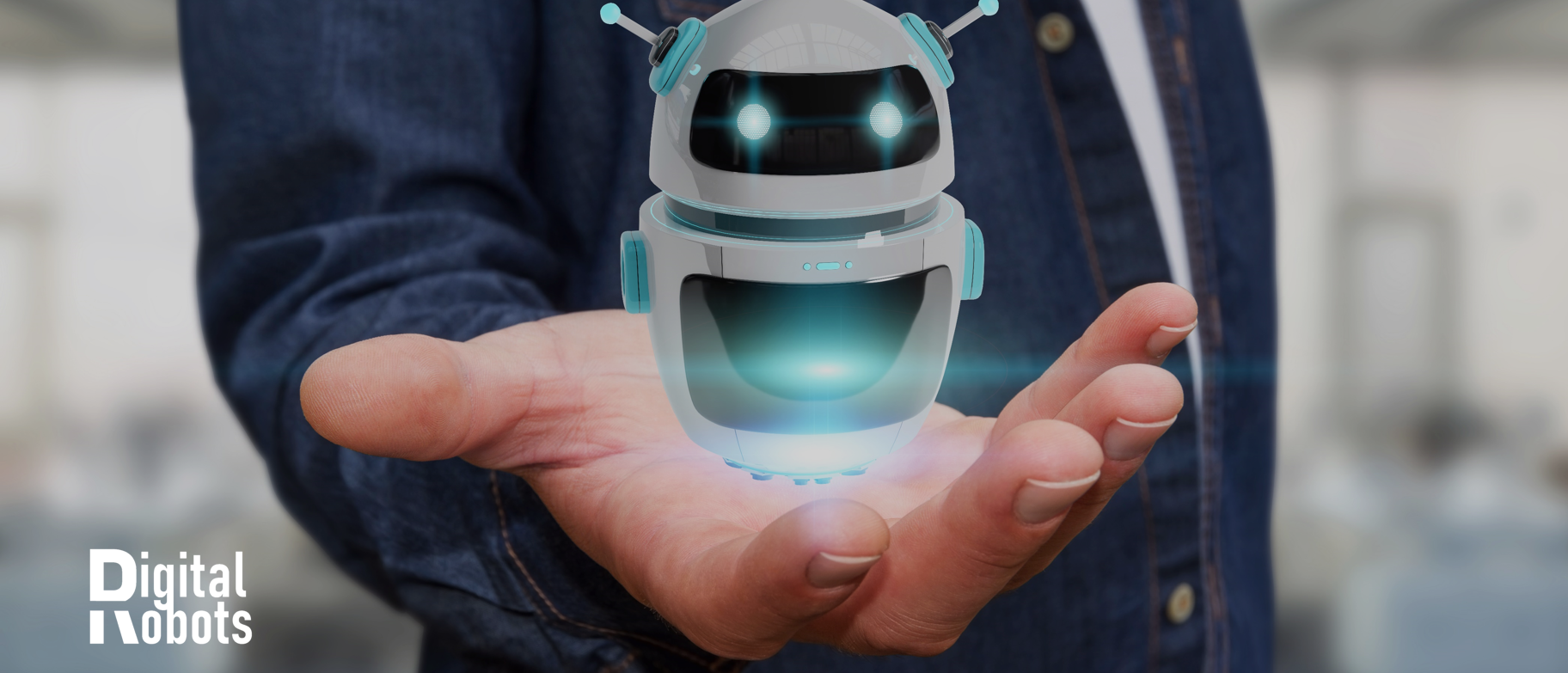What is RPA and why are they not physical robots?
In recent years, business process automation has been a growing trend in industry, and RPA (Robotic Process Automation) has been one of the most prominent technologies in this area. However, despite its name, RPA has nothing to do with physical robots like the ones we are used to seeing in science fiction movies. So what is RPA technology and why are they not physical robots?
Robotic Process Automation (RPA or "Robotic Process Automation") is an emerging technology based on the execution of digital robots that automate repetitive tasks by accessing different systems and applications. This is carried out by combining Intelligent Automation with Artificial Intelligence. It is a very flexible technology, of fast integration with the systems involved, of great scalability and with a fast return on investment, due to its fast results and integration. The RPA simulates human activity within the systems, managing to automate extensive business processes with complex casuistry. For example, a digital RPA robot can be used to extract data from a system, process invoices, generate reports or perform all incident management.
Although the term "robot" is commonly used in the industry to describe RPA, this technology does not refer to physical robots in the traditional sense of the word. In fact, RPA software robots have no physical form at all. Instead, RPA software robots run on servers or in the cloud, and integrate with business information systems to perform automated tasks.
The reason the term "robot" is used to describe RPA is because RPA programs are capable of performing tasks autonomously, without the need for human intervention. In this way, RPA can help reduce the time and costs associated with repetitive, rule-based tasks and allow employees to focus on more valuable and strategic tasks.
In conclusion, the term "robot" has evolved a lot in recent years and is no longer used only in the field of physical robots in the traditional sense of the word. Currently, there are virtual robots capable of automating all kinds of back office tasks in companies, but always remembering that they do not have a physical appearance, but rather function as computer software. By using Robotic Process Automation, companies can use their digital robots to reduce costs, improve efficiency and allow employees to focus on tasks of greater added value for the business.
Related news




